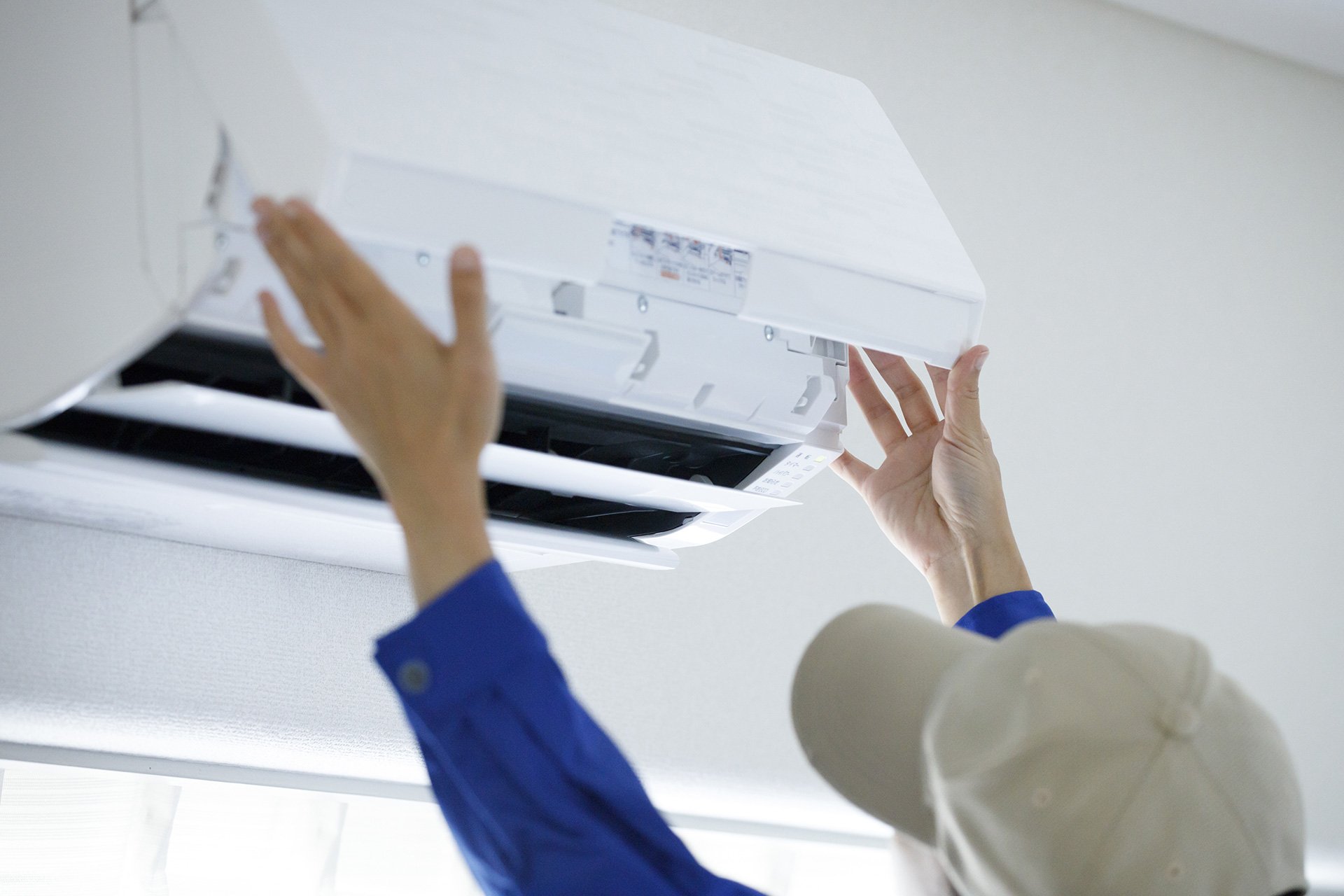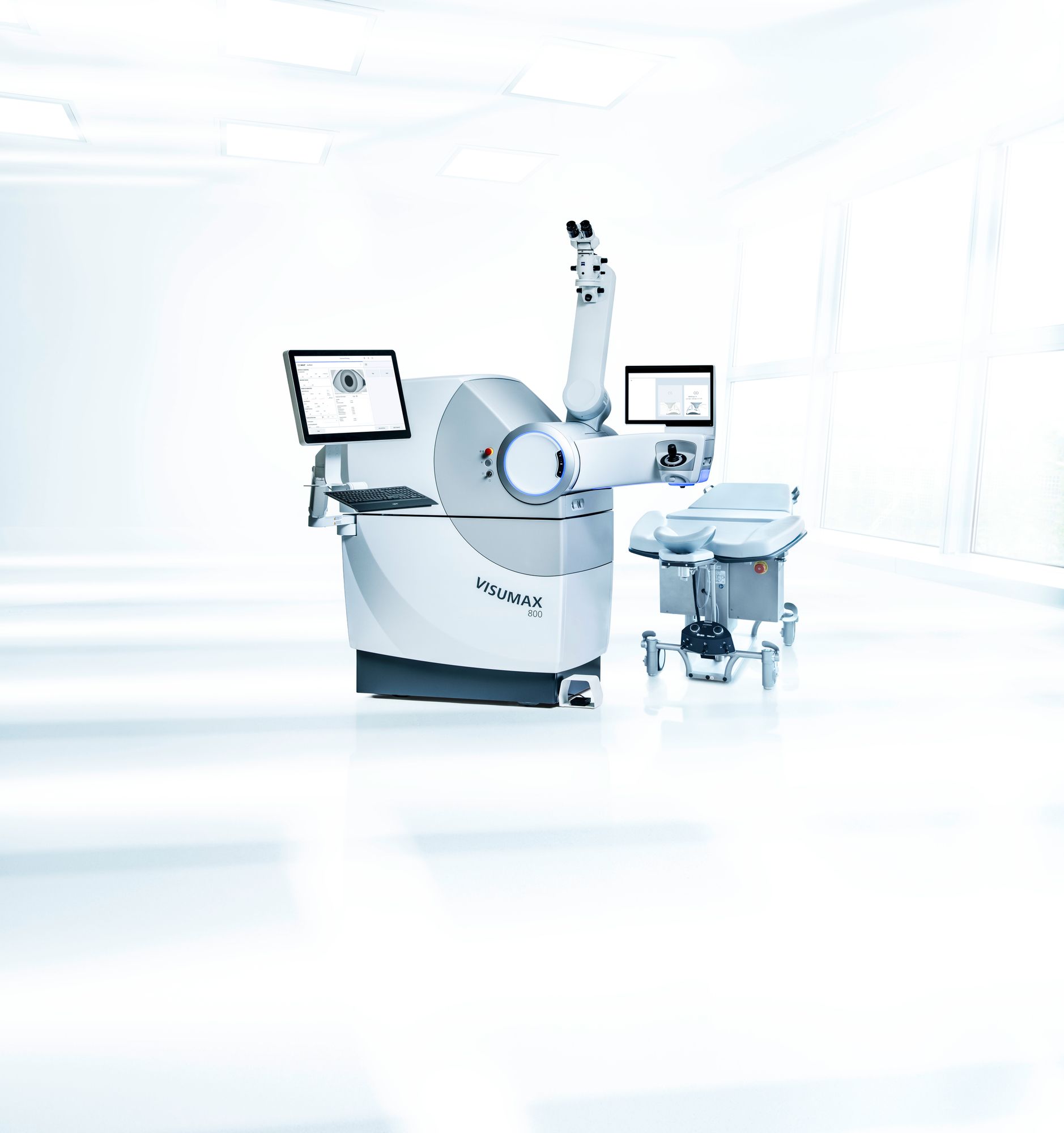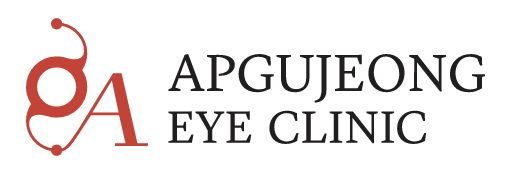Eye Pressure After ICL Surgery
Why Eye Pressure Matters After ICL Surgery
Eye pressure, also known as intraocular pressure (IOP), refers to the fluid pressure inside the eye.
After ICL (Implantable Collamer Lens) surgery, your ophthalmologist will closely monitor IOP — especially in the first few days — to ensure fluid flows properly around the implanted lens.
While mild, temporary IOP changes are normal after surgery, persistent elevation needs medical attention because it can strain the optic nerve or lead to complications if untreated.
How ICL Surgery Affects Eye Pressure
During ICL surgery, a soft lens is implanted behind the iris and in front of the natural lens.
This lens slightly alters the fluid dynamics of the anterior chamber — the space filled with aqueous humor.
Here’s how it can impact IOP:
- Early postoperative spikes – Pressure can rise temporarily from retained viscoelastic gel (used to protect the cornea during surgery). This typically normalizes within 24–48 hours.
- Improper aqueous flow – If the implanted lens blocks the normal fluid pathway between the posterior and anterior chambers, pressure can build up.
- Vault issues – If the ICL sits too close to the iris or natural lens (too high or too low), it can alter fluid circulation or cause angle narrowing.
- Inflammation or steroid drops – Post-surgery medications can, in rare cases, raise IOP temporarily.
Typical Eye Pressure Timeline After ICL Surgery
⏱ Day 1–3:
Mild IOP elevation (22–28 mmHg) is common. Surgeons may use anti-pressure drops or oral medication if needed.
🗓 Week 1–2:
Pressure usually returns to normal (10–21 mmHg). If elevation persists, further examination is required to rule out blockage or steroid response.
📅 After 1 Month:
ICL patients typically maintain stable IOP long-term if the vault (distance between ICL and lens) is within ideal range (~250–750 µm).
Signs of Elevated Eye Pressure After ICL
Most patients don’t feel increased eye pressure — but if it becomes high enough, you may notice:
- Headache or eye pain
- Halos or blurred vision
- Nausea or eye discomfort
- Redness or a feeling of heaviness around the eyes
- Sudden loss of visual clarity or fogginess
If you experience any of these symptoms after surgery, contact your clinic immediately.
How Korean Clinics Monitor Eye Pressure After ICL
Top clinics in Seoul (like BGSS, B&VIIT, and GS Eye Clinic) perform detailed post-surgery monitoring:
- Tonometry check (IOP test) at 1 hour, 24 hours, and 1 week post-op
- Anterior-chamber depth & vault measurement via OCT or ultrasound biomicroscopy
- Follow-up checkups to ensure no secondary angle blockage or pupillary block
- 24/7 patient hotline for early symptom reporting (especially for foreign patients flying home soon)
What Increases the Risk of High IOP After ICL
- Incorrect lens sizing (vault too high or too low)
- Retained viscoelastic fluid post-surgery
- Incomplete central flow through the lens hole (older ICLs required peripheral iridotomy; modern EVO+ lenses usually don’t)
- Steroid-induced IOP elevation (a small subset of patients react strongly to topical steroids)
- Pre-existing narrow angles or glaucoma risk
How Surgeons Prevent & Manage IOP Spikes
- Proper lens sizing & vault prediction using advanced anterior-segment imaging.
- Thorough viscoelastic removal during surgery to minimize blockage.
- Central port ICL (EVO+) design that promotes natural fluid flow.
- Post-op IOP monitoring with early medication if needed.
- Medication management — tapering or switching steroid drops if a pressure rise occurs.
Most cases are mild and resolve with eye drops or short-term medication — rarely do they require surgical intervention.
What to Ask Your Clinic About Eye Pressure Monitoring
When choosing a clinic (especially if you’re an international patient flying to Seoul for surgery), ask:
- How often do you check IOP after ICL surgery?
- Do you use EVO+ ICL with a central hole (no need for pre-op iridotomy)?
- What is your typical incidence of post-op high IOP?
- How do you measure vault and angle width?
- Can you provide remote or email consultation after I leave Korea?
Final Thoughts
Temporary eye pressure elevation after ICL surgery is normal and manageable.
Thanks to modern EVO+ lens designs and advanced diagnostic systems used in Korean clinics, long-term pressure problems are rare.
The key is close early monitoring and clear communication with your surgeon — especially if you’re flying home soon after surgery.
With the right follow-up, ICL offers clear, lasting vision without compromising your eye health.
Call-to-Action
👁️ Thinking about ICL surgery in Seoul?
Choose a clinic that offers EVO+ ICL, 24-hour pressure monitoring, and personalized follow-up care for international patients — so your vision stays clear and comfortable long after surgery.













